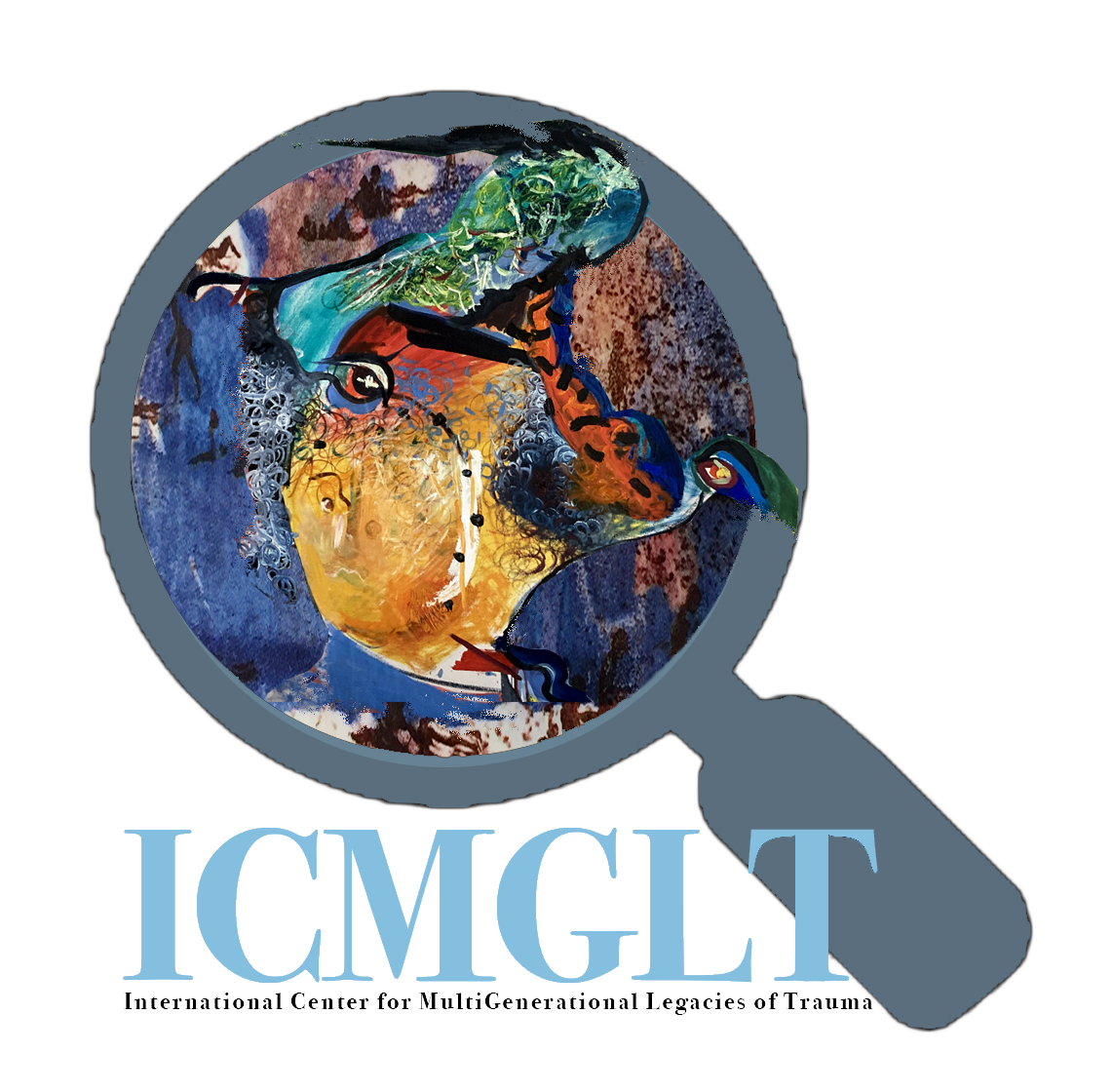Morse, G. S., McIntyre, J. G., & King, J. (2016). Positive Psychology in American Indians.
Abstract
Much has been written about the plight of American Indians and Alaska Natives (AI/ANs). Even those not familiar with this literature are most likely aware of the high rates of alcoholism, poverty, and unemployment and their consequences for AI/AN children and adults. However, far less has been written about Native people’s strength and resilience and how their worldview and traditional practices may be central to their psychological and physical health. Positive psychology, health psychology, and Native American studies are somewhat disparate fields, and most readers may be more familiar with one than another. Beginning with his presidential address to the American Psychological Association in 1999, Seligman called for a refocusing in psychology from a maladjustment and pathology perspective to a more optimistic strength-based view (Fowler, Seligman, & Koocher, 1999). Thus, the subfield of positive psychology was born. Although much literature existed before this time in areas such as optimism and positive affect, the positive psychology movement integrated this work and sparked further interest. As Taylor and Sherman (2004) so aptly noted, “health psychology has been an arena in which the contributions of positive psychology have been evident, yielding insights that, in turn, have helped to refine the theories that gave birth to applications” (p. 305). A perusal of most health psychology textbooks quickly reveals that culture is relegated to a mere paragraph or feature box; AIs often are not mentioned at all. Indeed, the entire 2012 special issue of the flagship journal Health Psychology focused on ethnic disparities in health and made no mention of AIs. This chapter brings together positive psychology and health psychology research findings as they relate to various types of coping strategies used by AI/AN people. Beginning with an overview of the history and demographics of AIs, and using Native American stories to illustrate central positive psychology themes, we explore potential pathways to psychological and physical health. We conclude with areas for future research. (PsycInfo Database Record (c) 2020 APA, all rights reserved)

